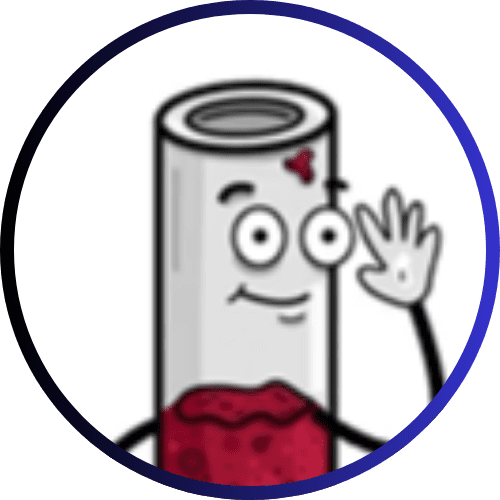Pregnancy: Saliva samples reveal the impact of environmental chemicals on health
A groundbreaking study, published on July 22, 2025 in the International Journal of Oral Science (DOI: 10.1038/s41368-025-00390-8), shows how saliva samples can provide new insights into the effects of everyday chemical exposures on the health of pregnant women. Scientists from Singapore, the USA and Australia have developed an innovative approach to exposome research that uses saliva as a non-invasive tool to study environmental chemicals and their relationship to pregnancy complications such as preeclampsia.
The study analyzed saliva samples from 80 pregnant women between the ages of 24 and 34 weeks of pregnancy. Using advanced mass spectrometry, the researchers mapped over 700 metabolites and identified more than 18,000 significant links between xenobiotic metabolites (XM) ã chemical substances from external sources such as food packaging, additives or personal care products ã and metabolic pathways. One focus was on a group of foodborne chemicals that showed surprising links to increased stress hormones and an increased risk of preeclampsia.

The researchers discovered a conspicuous cluster in tyrosine metabolism, specifically with elevated levels of catecholamines, such as dopamine, norepinephrine, and epinephrine. Chemicals such as toluene, styrene, quinoline, and coumarin, which are commonly found in food packaging or flavorings, were significantly associated with these elevated hormone levels. These substances inhibit monoamine oxidase (MAO), an enzyme that breaks down neurotransmitters. Disrupted MAO activity can cause a hormonal imbalance that increases the risk of high blood pressure in pregnancy. In a smaller comparison group, the team confirmed that women with preeclampsia had significantly higher levels of these chemicals than healthy controls.
Saliva samples proved to be an ideal medium for this research because they are non-invasive, inexpensive, and easily repetitive, unlike invasive blood tests. This method made it possible to capture complex biochemical interactions and provided a detailed picture of the body’s interaction with its chemical environment during pregnancy. The results suggest that everyday chemicals that are often considered harmless can significantly affect the hormonal regulation of pregnant women.
The study highlights the potential of saliva as a central tool in exposome research and public health surveillance. It could serve as an early warning system for pregnancy complications such as preeclampsia by allowing health care providers to intervene early. At the same time, the results raise questions for the food industry and regulators, as many of the chemicals identified represent avoidable exposures.
The researchers stress the need for further studies with larger and more diverse populations to confirm these links and develop guidelines to reduce harmful exposures during pregnancy. Such measures could protect maternal and baby health in the long term and further establish the role of saliva as a scalable, non-invasive monitoring tool.
Original Paper:
Editor: X-Press Journalistenbû¥ro GbR
Gender Notice. The personal designations used in this text always refer equally to female, male and diverse persons. Double/triple naming and gendered designations are used for better readability. ected.




